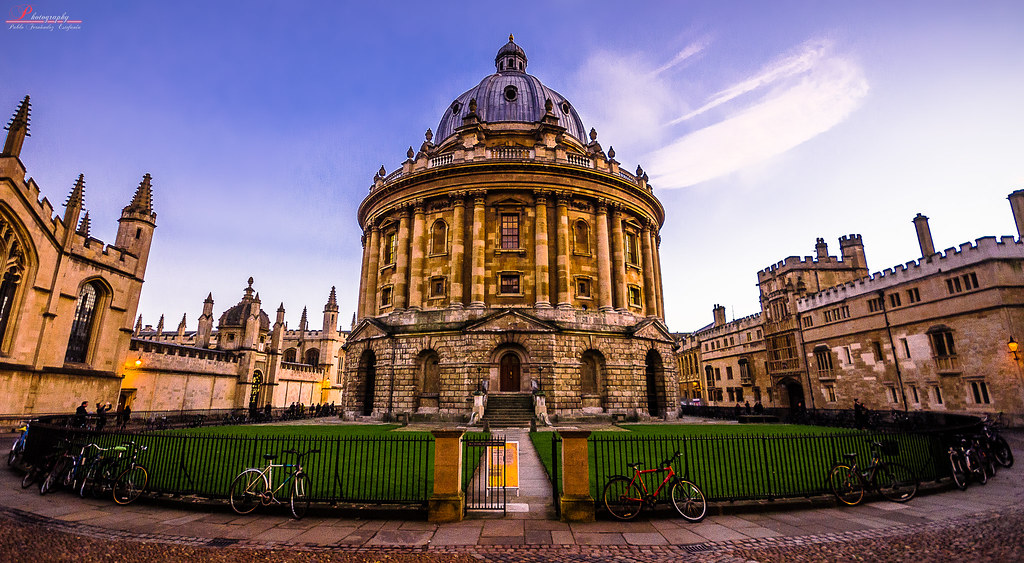“It’s definitely my designated party trick,” said Poly Chemistry teacher Matthew Sagotsky . It all started three years ago when a friend of Sagotsky taught him how to shuck an oyster. Oyster shucking is a craft of sorts as the technique and precision you need to have are immense. “I think I’ve shucked about a hundred oysters,” said Sagotsky.
Sitting in his office, Sagotsky’s face immediately lights up when asked about his passion for shucking oysters, which he describes as an extremely precise procedure.
“To open it, you have to have a special knife, and you kind of wiggle it into the hinge,” he explained with a giddy smile. Secondly, you give the oyster “a little twist, and it’ll just pop open, and then you have to separate the muscle from the top and the bottom,” he described while motioning with his hands. While cranking the shell “you try and keep the oyster liquor in the shell” because “so much of the [oyster’s] flavor” is made up by “the water that they’ve been in.”
According to Sagotsky, the most important part of an oyster is the “liquor” it produces which is essentially the oyster juice. The “amazing thing about oysters is that they all taste different because they all are consuming different environments which all have their unique tastes,” Sagotsky said with a beaming smile.
The key to taking care of the oysters before eating them is to preserve them on ice leading up to the moment before shucking, as the ice completely numbs them. Oysters are alive in the shucking process and are only just recently dead when eating them so preparing them the correct way is crucial.
What intrigues Sagotsky most about oysters is that they are filter-feeders, which means that they can soak up and filter the environment around them. Oysters draw water from their gills and filter through plankton and non-food particles. This filtering feature is a lot more important than most people know.
Oyster shells are “porous, which means that they can filter out pollutants like nitrogen and phosphorus from the water” according to the Water Filters System. This filtering plays a huge role in cleaning the ocean as it takes harmful bacteria and organic particles out of the water. Additionally, oysters are a keystone species, meaning that their presence or absence can affect the health of an ecosystem.
Growing up in New York, Sagotsky always loved oysters, and he loved the taste and the luxury of eating them. However, as Sagotsky has gotten older, he has grown to appreciate oysters’ impact on the ecosystem as well.
“People used to call New York City the Big Oyster because, in Jamaica Bay, we had a boatload of oysters,” he explained. The East Coast is “notoriously” known for its seafood, specifically its fresh oysters, New York being one of the “major oyster producers” in the United States.
Sagotsky personally gets his East Coast oysters from Prince Edward Island, New Jersey and Maine. However, when he wants to eat international oysters he will look at places like New Zealand but he usually sticks to the East Coast oysters.
However, “much like how oysters pick up the taste of their environment, they also pick up the pollution in their environment,”said Sagotsky. New York City’s population density, abundant public transportation, and city size concentrate its pollution. “So… these days, you probably won’t see too many New York City oysters on the menu,” he said.
Nevertheless, there is a possible solution to help with this concentration of pollution—oysters. When Sagotsky was explaining his love for oysters he brought up an organization that he “passionately” supports. According to The Billion Oyster Project’s website they have restored 100 million live oysters, collected two million pounds of shells, and has had 11 thousand NYC students engage in their cause.
New York’s harbor was once home to 220 thousand acres of oyster reefs and worked as an “ecosystem engineer” according to The Billion Oyster Project. Restoring oyster reefs in New York City could foster biodiversity, filter the water, and create a natural storm barrier. According to Untapped New York, “Oysters are one of New York Harbor’s best shots at clean water, as well as one of its best chances at protection from future storm surges.” There is an important cause at hand. “Oysters could completely clean New York City’s waters.”
Sagotsky proposes that Poly should have an oyster night which would include learning more about The Billion Oyster Project and enjoying east-coast oysters prepared by Sagotsky himself. He feels that the Poly community should learn more about the project because oysters could potentially be the solution to cleaning New York City’s waters.
“It’s up to the Poly community,” said Sagotsky.


























